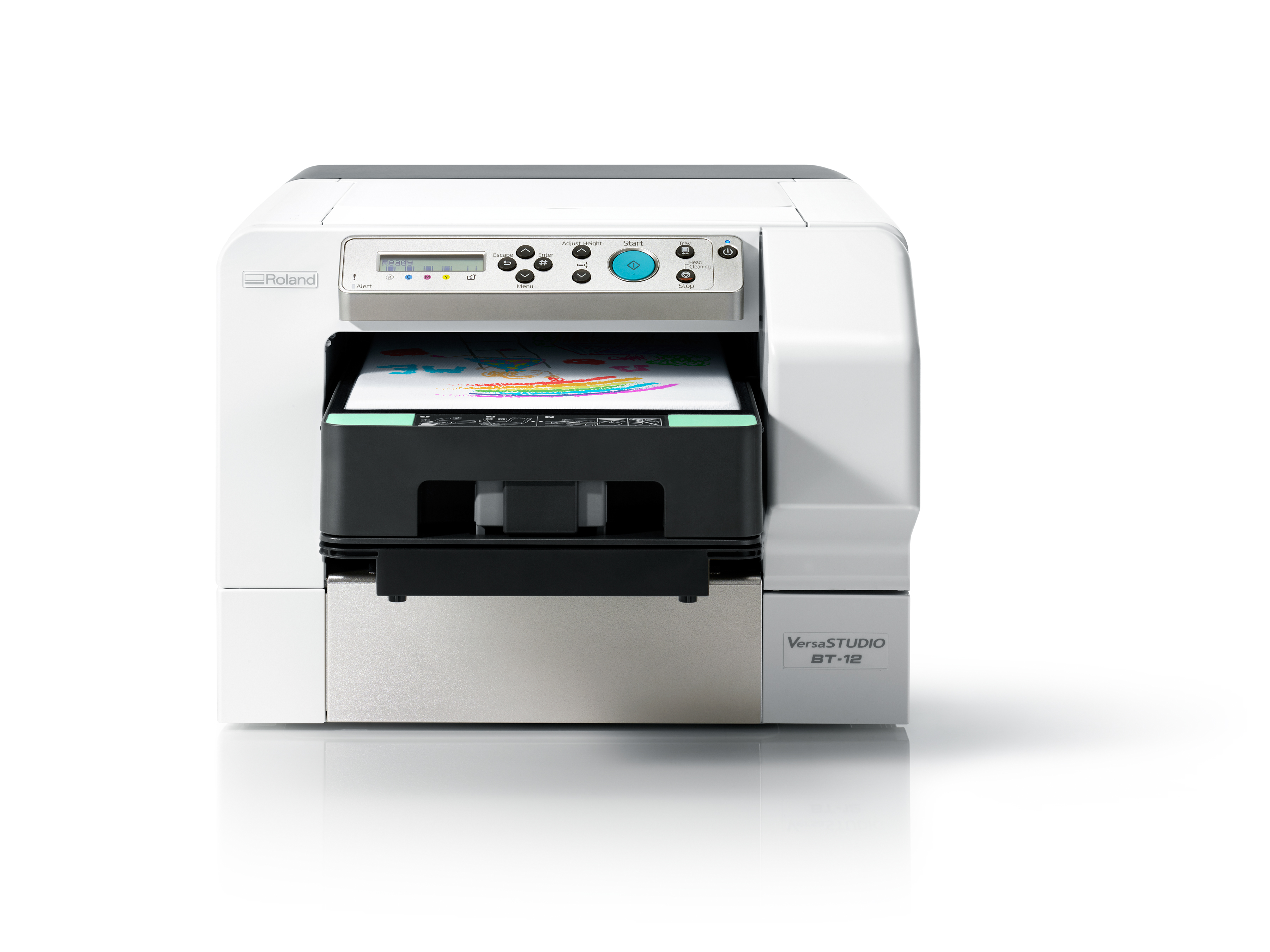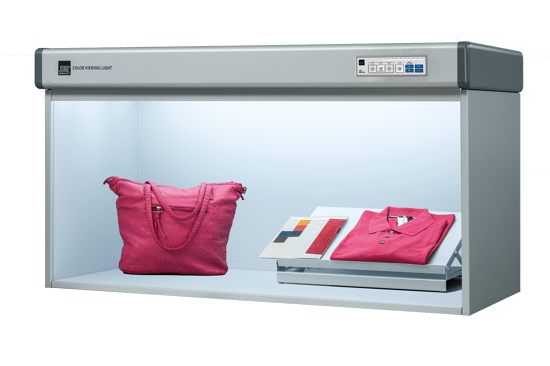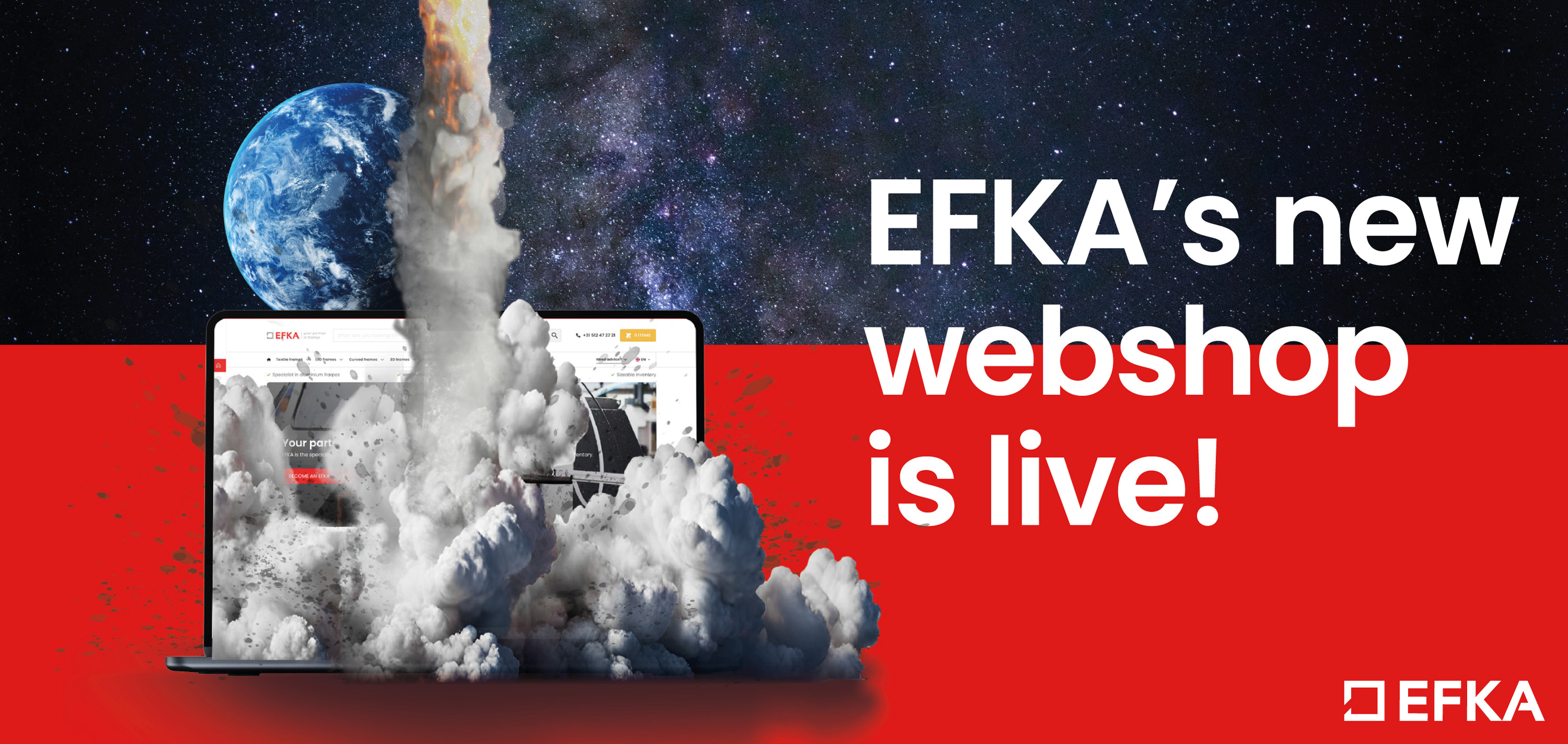Analysing growth opportunities in direct-to-garment print

With the market for direct-to-garment print continuing to expand, Rob Fletcher looks at how print service providers can enter this sector and take advantage of the amount of work on offer.
Direct-to-garment (DTG) print has been cited as a key growth market for some time now, with a good amount of print service providers (PSPs) having already made the move. This is primarily down to the large amount of work on offer in the sector and the wide range of products related to DTG print.
But, as is always the case when expanding into a new market, you must first consider a) if you have the demand for such products among your current customer base b) the machinery you require in order to make the transition and c) if your staff require additional training to operate kit associated with DTG.
If the answer to the first of these questions is yes, then you can start to look at the type of kit and knowledge you will require to make a successful move into the market. FESPA.com catches up with some of the leading brands in the DTG sector to find out how simple a transition this would be.
Growing demand for personalised products
One of the stand-out names not only in DTG but in the global printing market is Ricoh. Simon Isaacs, national sales director for Ricoh UK, has said that there are plenty of growth opportunities in DTG for PSPs of all sizes, due to a sharp rise in demand for printed textile products.
“With the rise of textile printing, DTG printing systems are gaining traction in the market and there is a growing demand for the production of personalised items such as t-shirts, cloth bags and cushion covers,” Isaacs said.
“Ricoh regularly invests in innovative solutions for PSPs. The growing demand for garment decoration drives us to further optimise our offering and empower our clients to bring new value to their markets.”
.jpg?lang=en-GB)
Caption: The Ricoh Ri 1000 can print at speeds of up to 28 seconds for full-colour, 10 x 8 inch graphics.
With this, Isaacs draws attention to Ri 1000, the latest DTG printer from Ricoh. that prints full-colour graphics at 1200 x 1200 dpi on garments of a diverse array of sizes, colours and materials.
Quick-change magnetic platens, available in multiple styles and sizes up to 16 x 19.6 inches, provide a variety of print options, while all Ricoh Ri 1000 platens are pre-prepared to provide users with hassle free loading and garment protection.
Additional benefits of the Ricoh Ri 1000 include durable steel construction, with a Ricoh-designed, high performance print engine and Ricoh printheads, while the printer’s special carriage and table design helps keep garments flat and in place, even while printing at speeds of up to 28 seconds for full-colour, 10 x 8 inch graphics.
“The DTG printing market is growing and we are confident that the Ri 1000 will be warmly received by a diverse range of progressive businesses,” Isaacs said. “Since we strategically integrated our inkjet technology into our own printing solutions, we have looked intently at the market in terms of how we can lever the creative minds of Ricoh to make innovative technology available to our clients.
“In turn, that technology allows our clients to enter new markets, improve their margins and grow their business.”
Revolutionise the apparel industry
Another leading brand in DTG technology is Epson, which has a number of kit solutions on offer to the market. Bruno Rost, corporate PR manager for Epson Europe, has said DTG has been growing since the digital t-shirt printer was launched in the early 2000s and will continue to expand as more technology comes to market.
Rost said: “Even if the DTG market reaches the maturity stage at some point, the continued advances in the printing technology and the explosion of the e-commerce industry are expected to keep the demand high. As a result, the DTG sector will continue to grow and ultimately will start gaining more market share from traditional t-shirt printing.
“From my point of view, DTG has completely revolutionised the apparel industry and is now considered to be the future of t-shirt printing.”
.jpg?lang=en-GB)
Caption: Epson’s SureColor SC-F2100 was introduced in January of last year to replace the SureColor SC-F2000.
In terms of the kit available from Epson, Rost has no hesitation in recommending the SureColor SC-F2100, which was introduced in January of last year to replace predecessor SureColor SC-F2000.
Capable of producing high-quality full colour prints on a range of items, the SC-F2100 model offers new features such as improved speed and reliability, lower targeted TCO and the ability to create customised print designs using Epson’s RIP.
Rost said: “The SC-F2100 is aimed at anyone who wants to add DTG printing to their services, namely production t-shirt printers, online t-shirt retailers, high and low-volume print companies, as well as corporates who want to produce their own branded workwear or promotional items.”
Another advantage of the SC- F2100 is that, according to Rost, it provides a competitive edge in the DTG market by allowing the user to print directly onto cotton or cotton blends. The printing process can be carried out easily at a low maintenance cost without compromising the quality of the final result.
In addition, its scalable design – by using different platens sizes – gives users the opportunity to print from t-shirts and aprons to scarves and pillow cases.
Rost added: “All in all, the SC-F2100 is the first and necessary step for someone, or a business, to succeed in the DTG market.”
Personalisation is key for customers
Also active within the DTG market is Roland DG and Encarna Luque, business development manager for inks and textile at Roland DG EMEA, has said DTG is a huge opportunity for print businesses in coming years, and the manufacturer is encouraging companies and entrepreneurs to explore the sector.
Luque said: “Research has confirmed personalisation is a key focus, as customers want unique products that they can treasure – and they want them immediately; just-in-time requirements and point-of-sale orders are driving business in the DTG sector.
“As a result of these factors, naturally there is a strong demand for short runs, which is met by the latest Roland direct-to-garment devices. These optimise the supply chain to reduce inventory, making it easier to launch new low-volume products – as well as mass production where required.”

Caption: The Roland VersaSTUDIO BT-12 is an entry-level DTG printer designed to allow newcomers to the DTG market to produce items such as customised t-shirts and tote bags.
With this, Luque picks out two recent additions to the Roland DG portfolio in the form of the Roland VersaSTUDIO BT-12 and Roland XT-640S – technologies that can support PSPs at both ends of the DTG market.
The Roland VersaSTUDIO BT-12 is an entry-level DTG printer developed for the colourful customisation of cotton t-shirts, tote bags and more at the point of sale. This desktop printer is marketed as an on-demand alternative to traditional apparel print techniques and has been designed to help smaller companies enter the garment personalisation market.
Meanwhile, the Roland XT-640S, which will be made available to purchase in the near future, is designed for high production volumes in industrial environments, with Luque suggesting that it can help existing screen printing companies move into digital printing with a minimum learning curve.
Luque added: “It's a great transition product for garment-decorating businesses looking to optimise their internal workflow, reduce maintenance and accelerate delivery times in line with modern market demands. At the same time, the Roland XT-640S will be the perfect product for companies with experience in direct-to-garment print who have plans to expand.”
Saving money and reducing costs
Delving further into the DTG market and Omniprint International offers a host of solutions to help PSPs grow their business. Victor Peña, the founder and chief executive of Omniprint, has said that now is the perfect time to get into DTG, as the technology is at its most cutting-edge, allowing for better usability and profitability.
Peña said: “DTG is not as common as screen printing and sublimation in print businesses internationally. However, both current and new DTG owners are leveraging this into dominating the one-offs and fulfilment market with full quality, full-colour printing with no minimums and no art requirements.
“The production costs on DTG across the board are very low so the profit margins are very impressive, while production time saved that would be used on creating or burning screens or weeding vinyl is also saved.”
Omniprint, which will be exhibiting at FESPA Mexico from August 22nd to 24th, has a number of DTG solutions in its range, but Peña cites the flagship FreeJet 330TX Plus as a machine that continues to dominate.
Highlighting “incredible print quality” on cotton garments, 100% light and dark polyester and blends, Peña has said the device is suitable for both newcomers to the market, as well as established businesses.
Peña said: “The ease of maintenance that our users love is a result of the wet cap system preserving the printhead and preventing clogs or dries as well as our white ink circulation system, which minimises white ink separation and saves on white ink costs.
“This machine is perfect for the clothing brand or printing business start-up as well as established printing businesses looking to add one-offs or on-demand fulfilment capabilities to their current set-up.”
From speaking to some of the manufacturers and suppliers involved in DTG, it is clear that there is plenty to get excited about in this market. Although there may be a high level of competition, the quality of technology on offer means PSPs that do make the move can be certain that they have the right tools to succeed.
Topics
Interested in joining our community?
Enquire today about joining your local FESPA Association or FESPA Direct
Recent news

The pros and cons of Digital Signage and Printed Signage
Sonja Angerer discusses the pros and cons of both digital signage and printed signage. Current developments such as artificial intelligence and spatial computing are changing the situation once again. How will this shift affect printers?

How to create an efficient smart factory
Debbie McKeegan speaks to industry specialists at Personalise Make Wear in Amsterdam about smart factories and customisation technology. Debbie speaks to Antigro, Caldera, Print Logistic, Inkcups and Kornit Digitial.

Standard lighting conditions for wide format printers and their many markets
Paul Sherfield shares the various standard conditions that are required for wide format printers as colours can appear differently dependent on the differing types of lighting and environments.
_compromised.jpg?width=550)